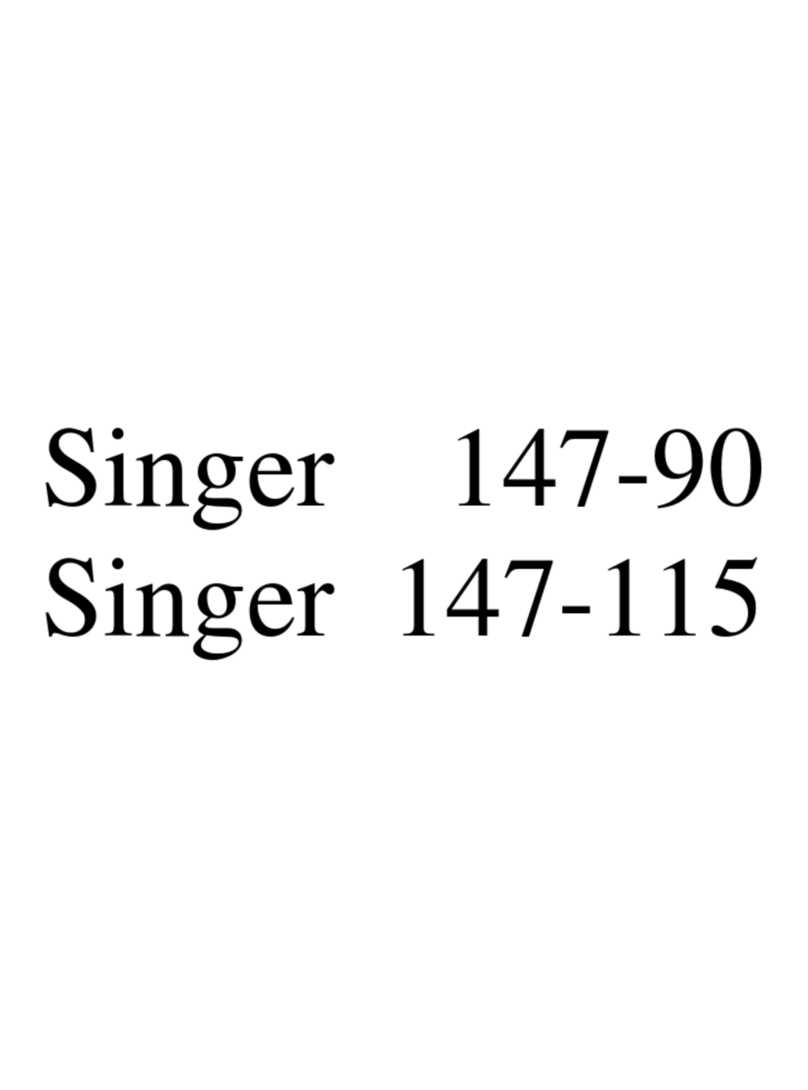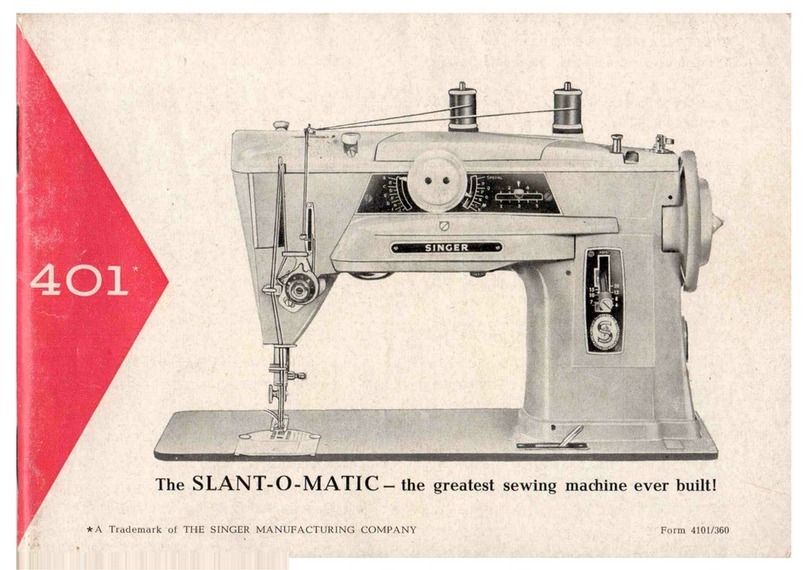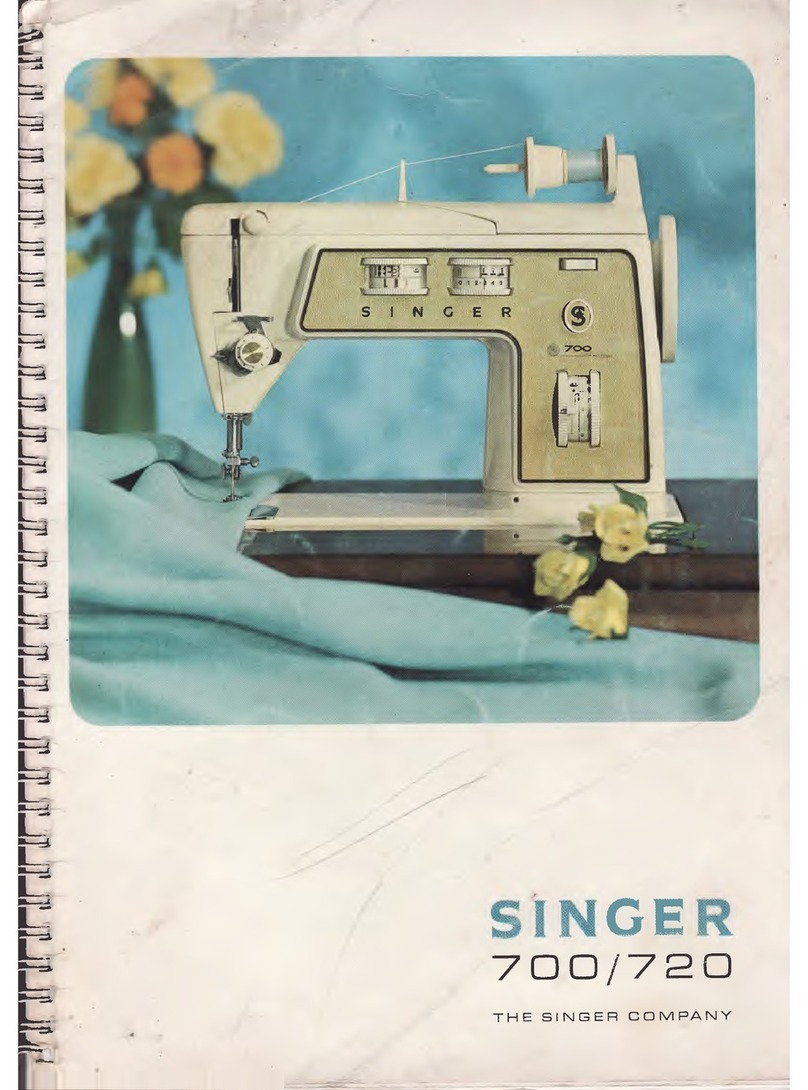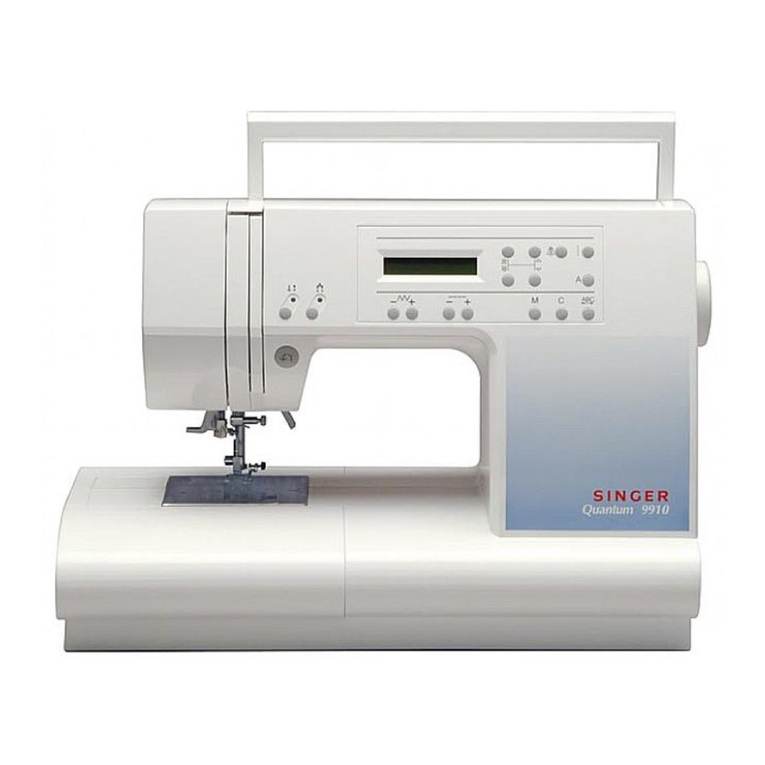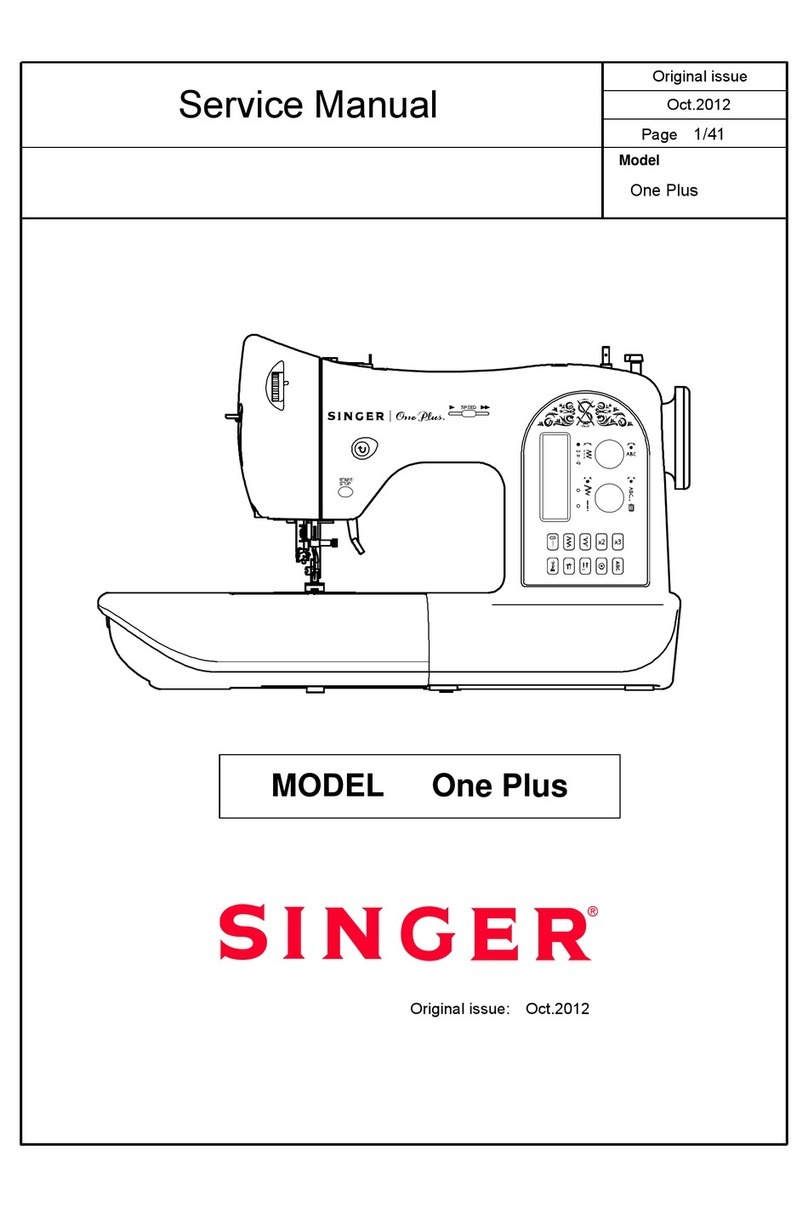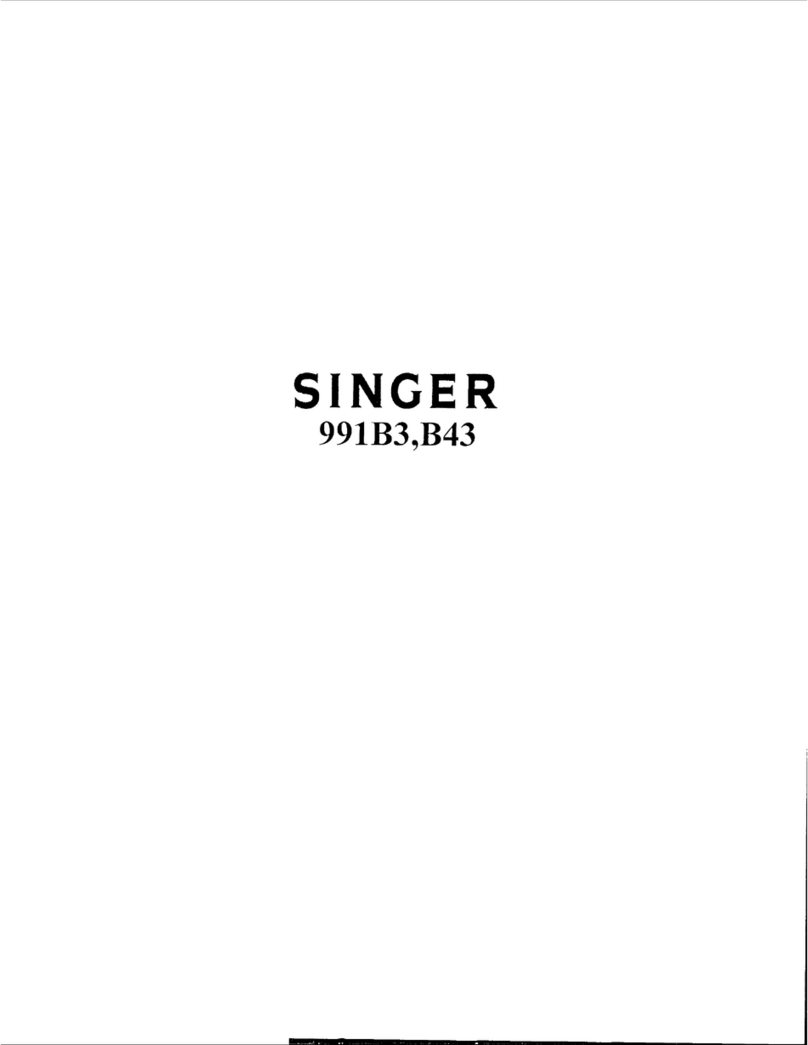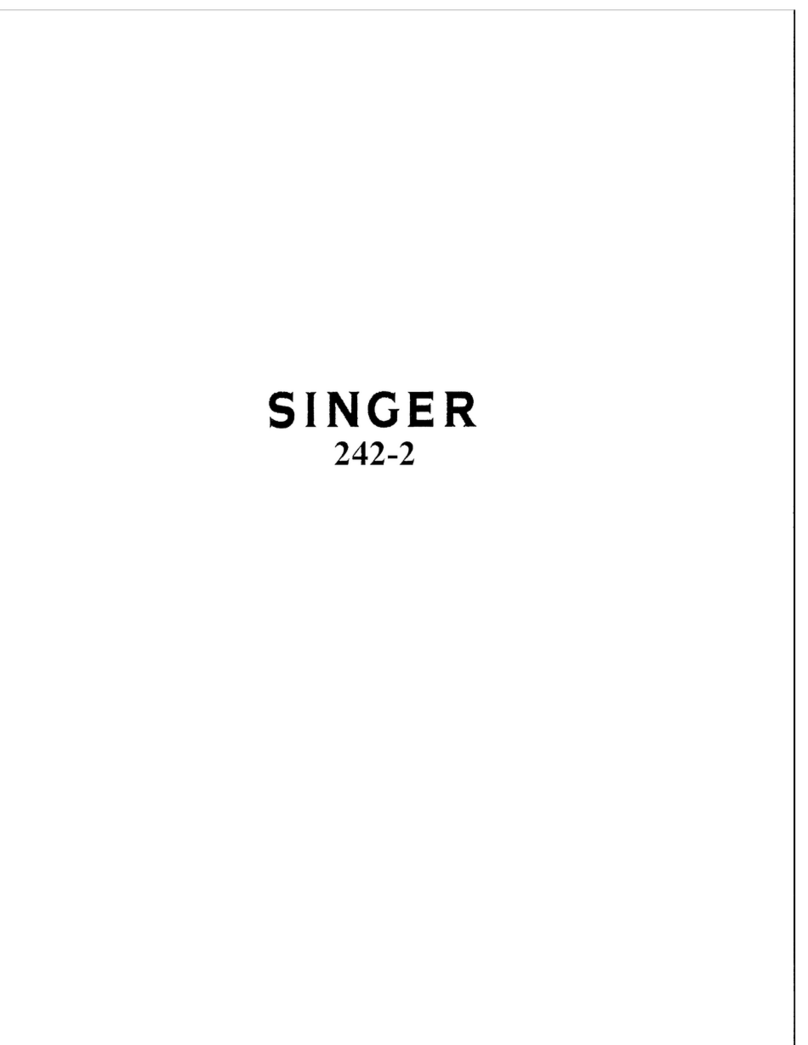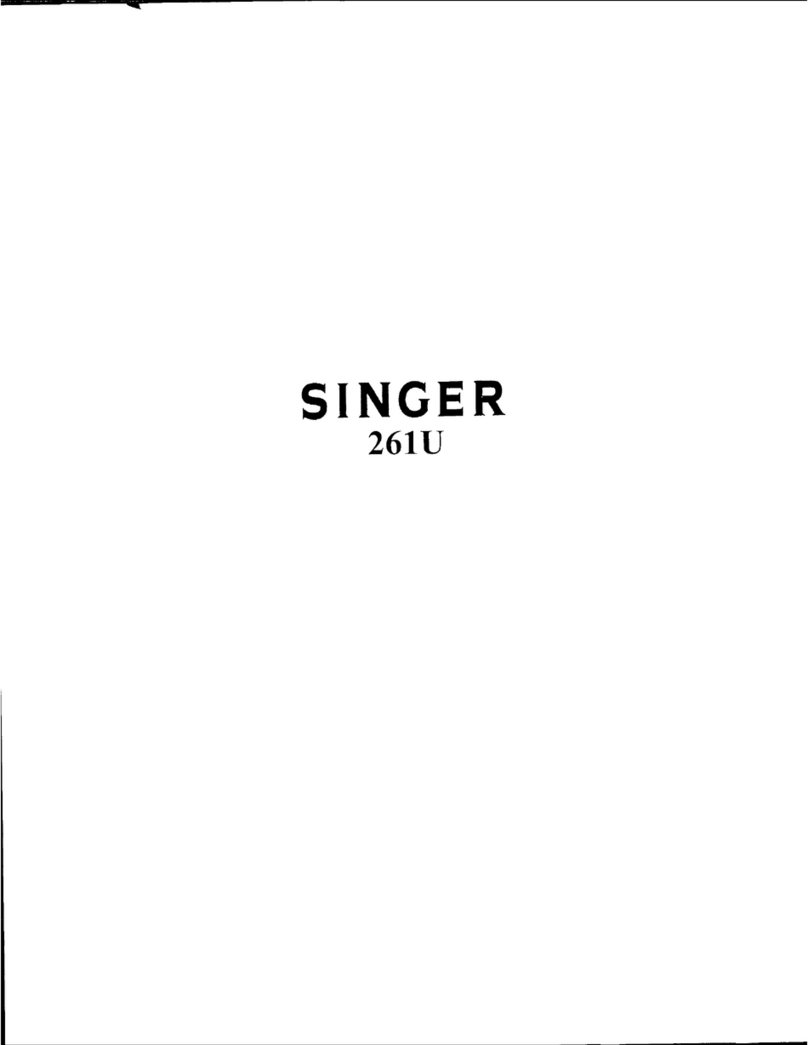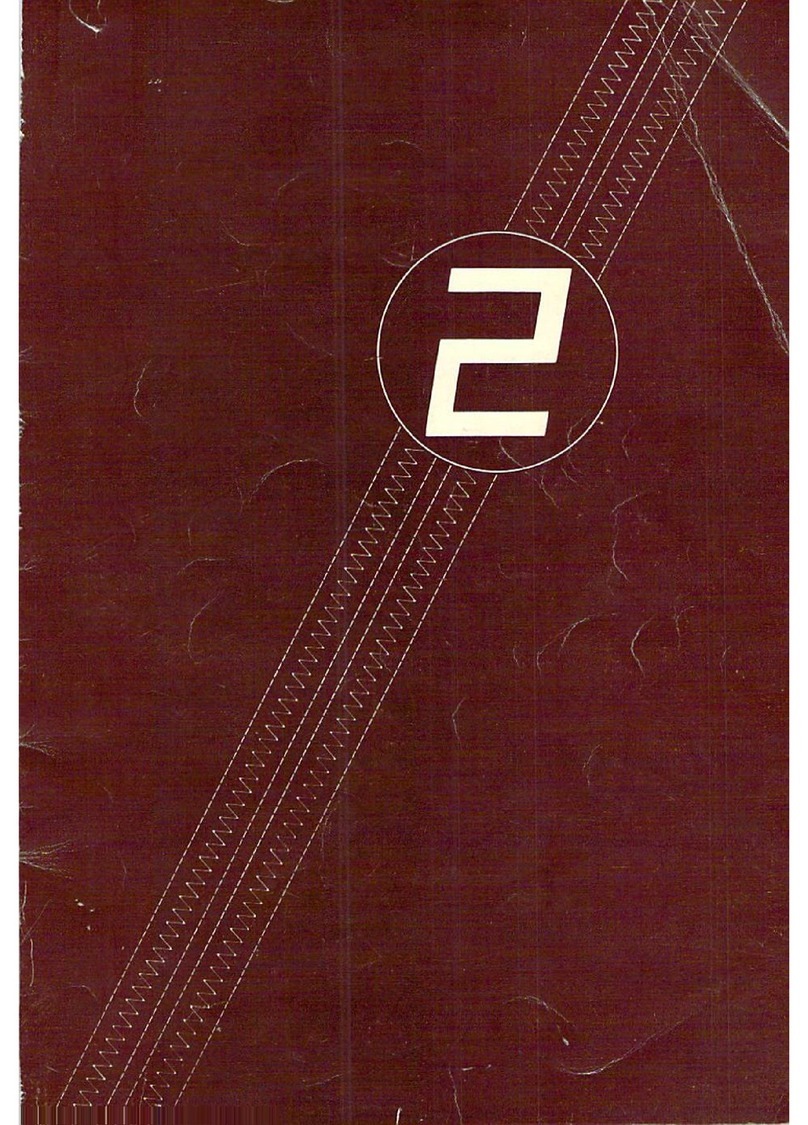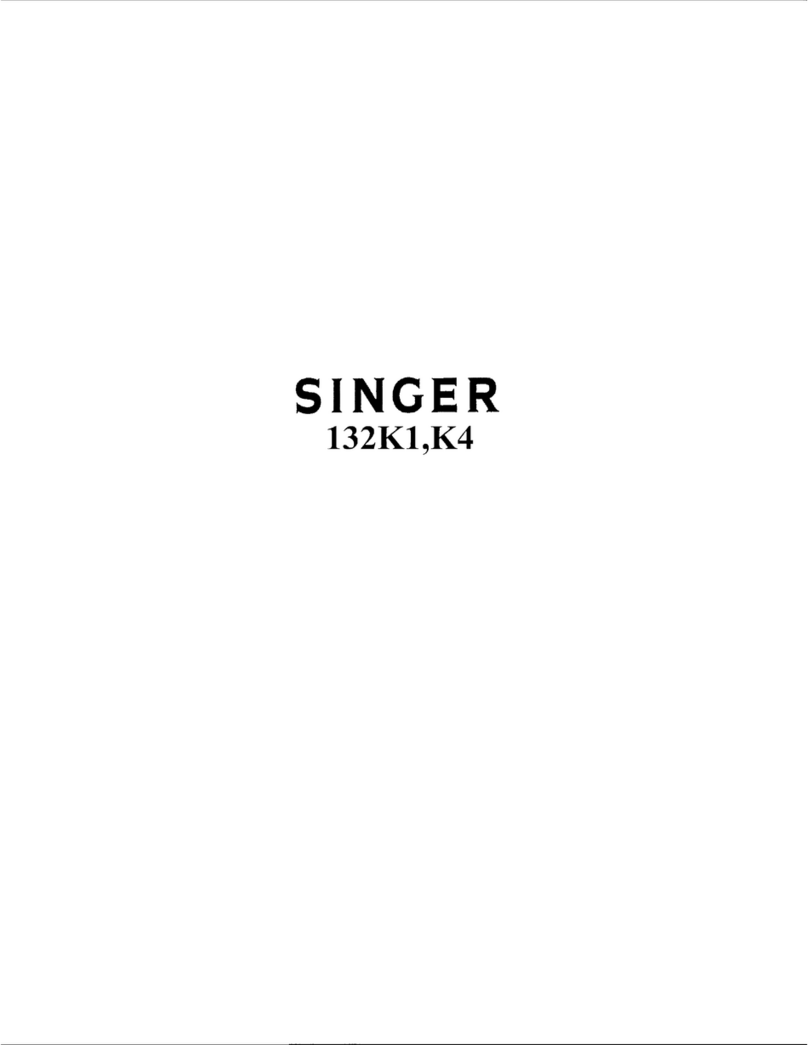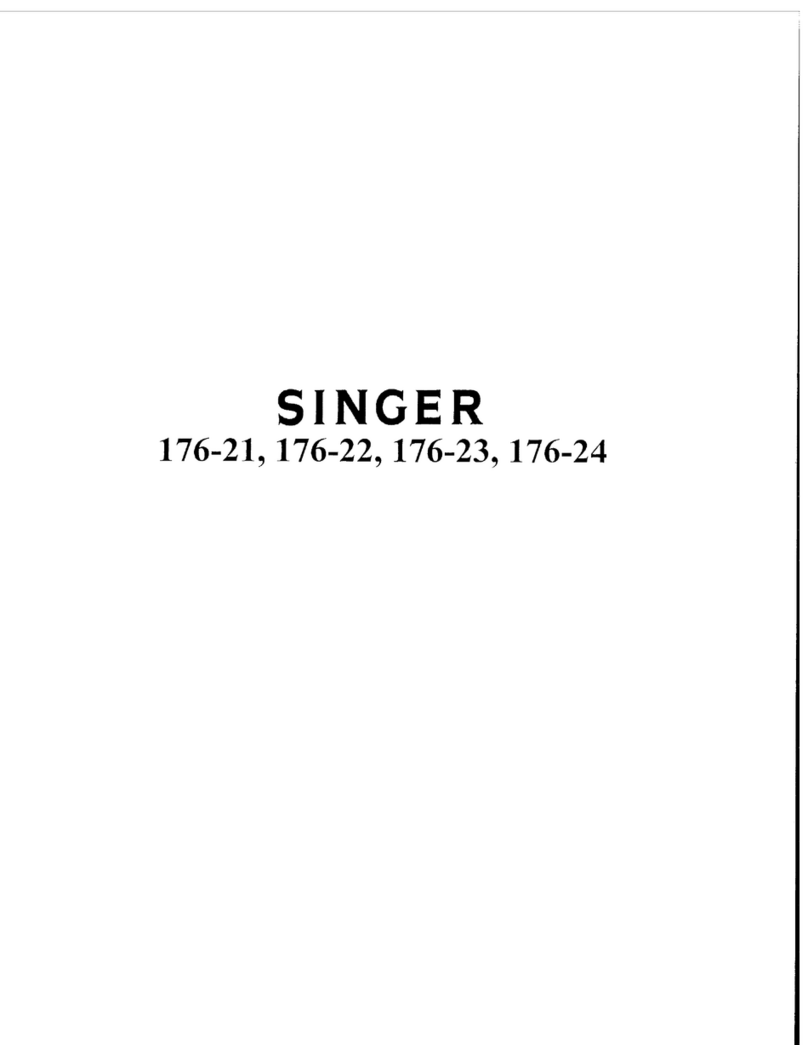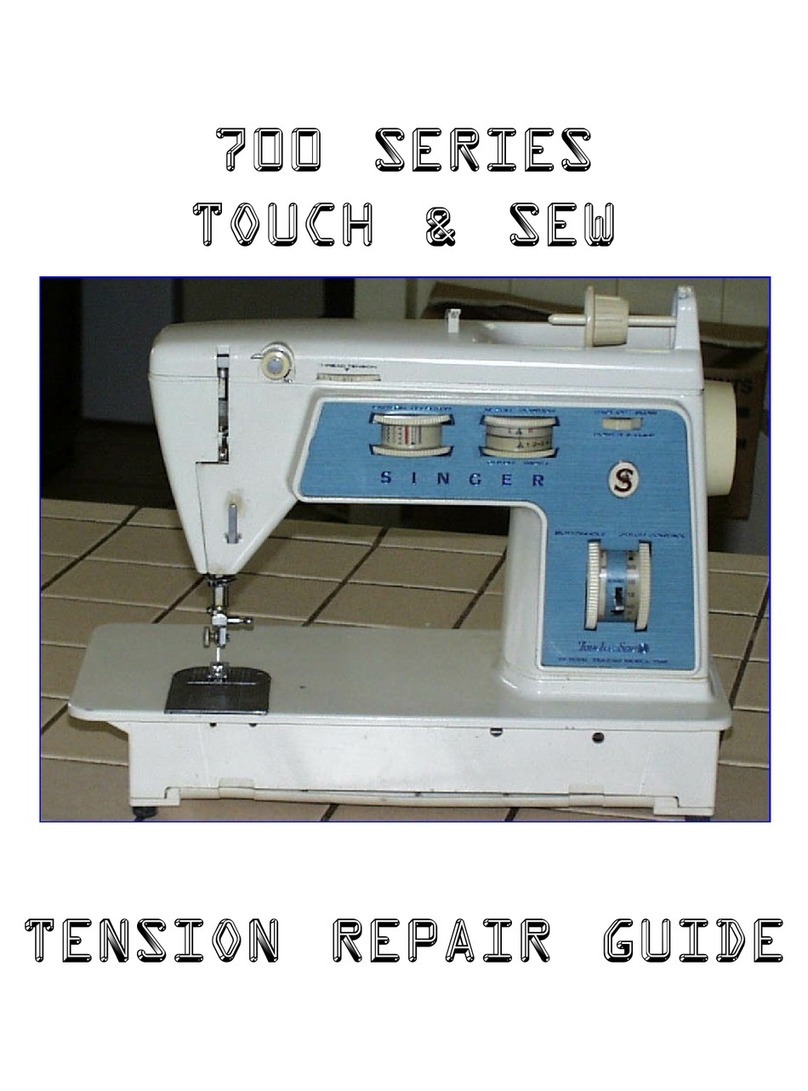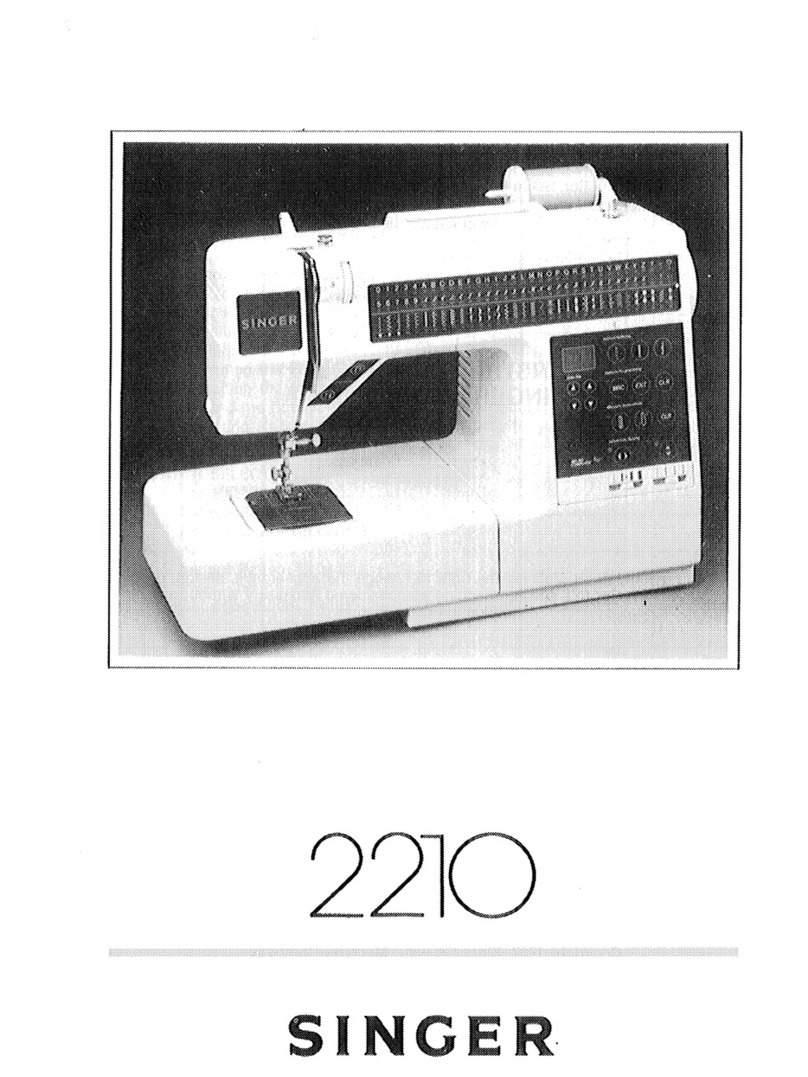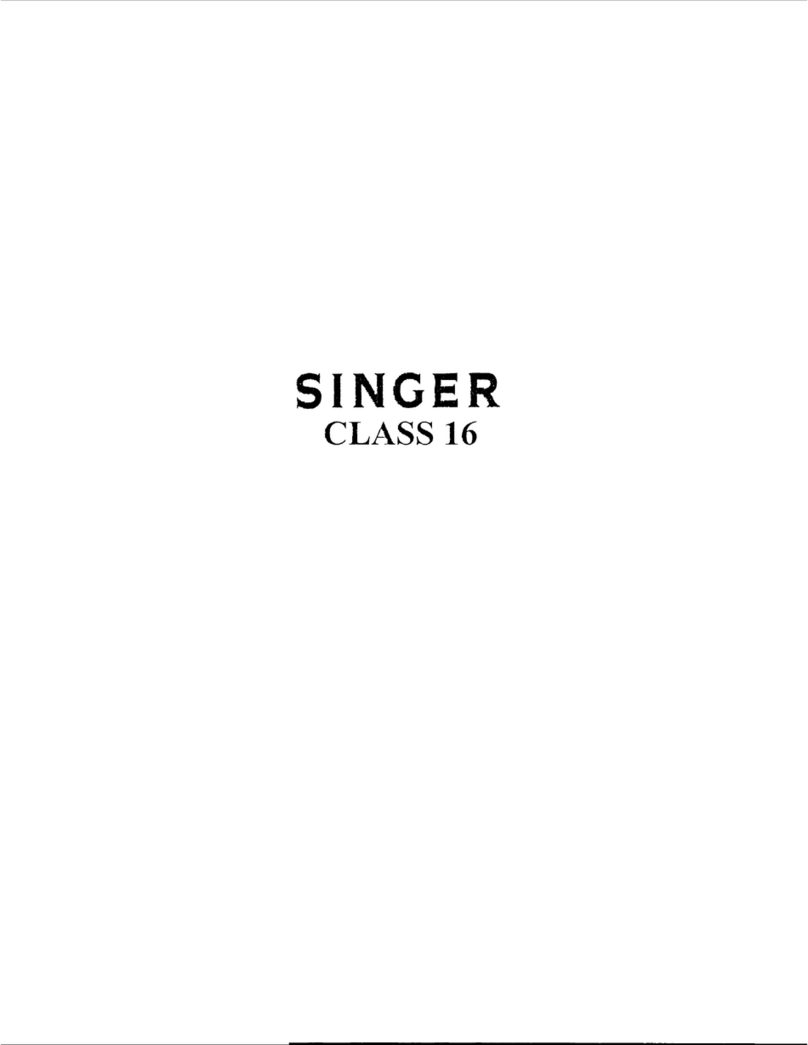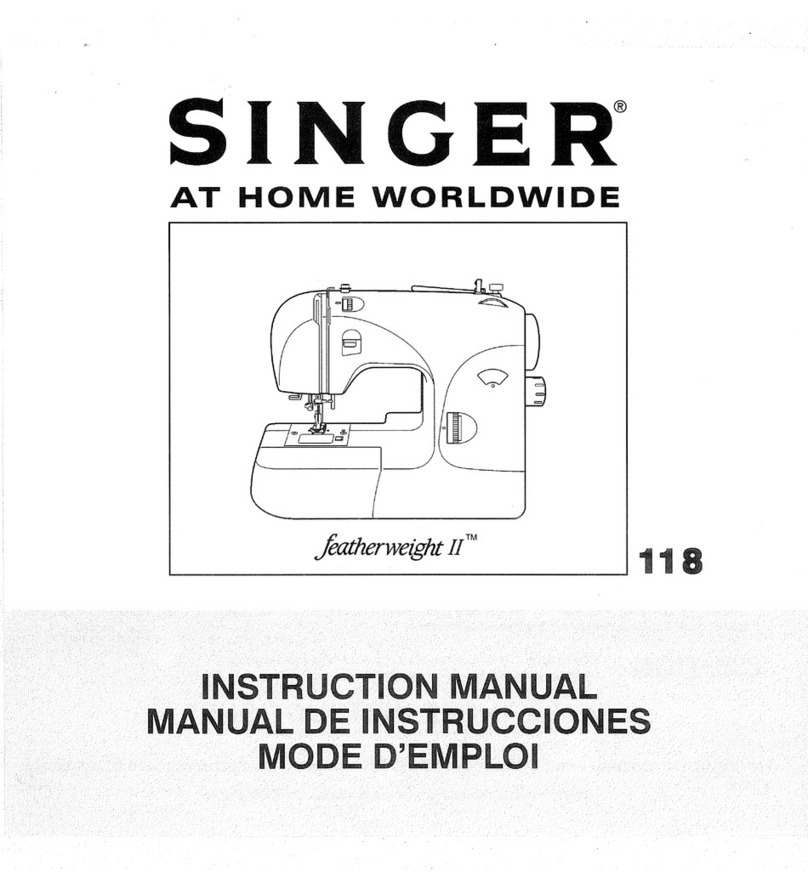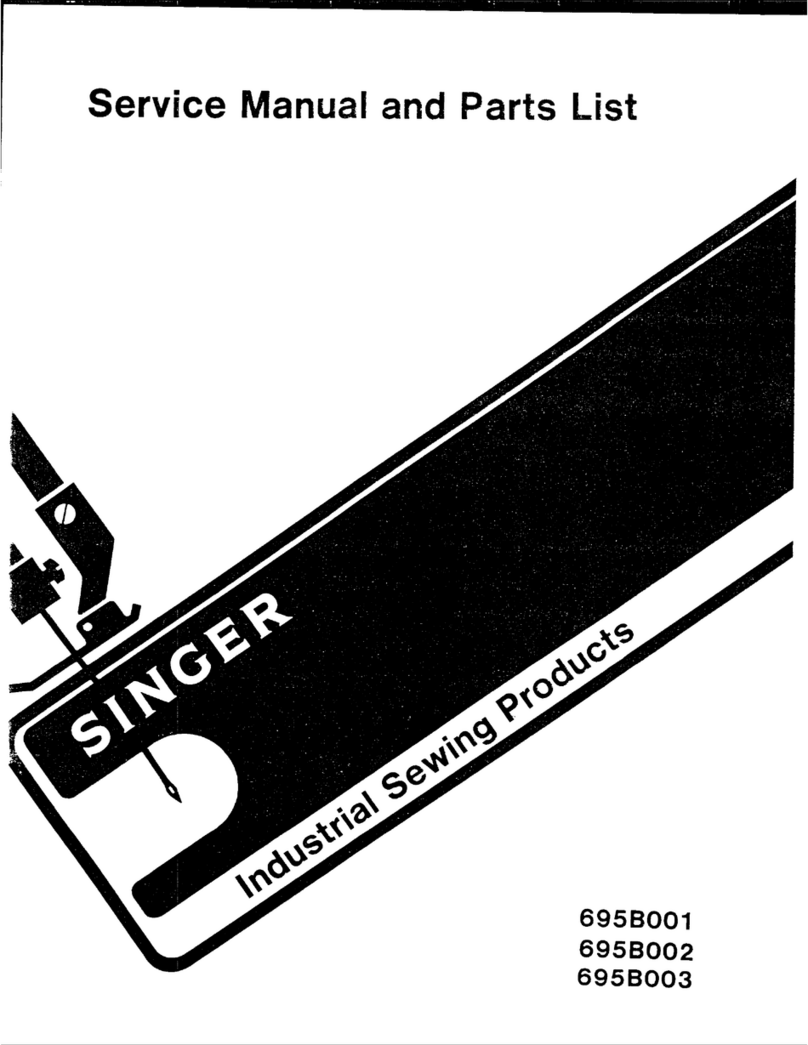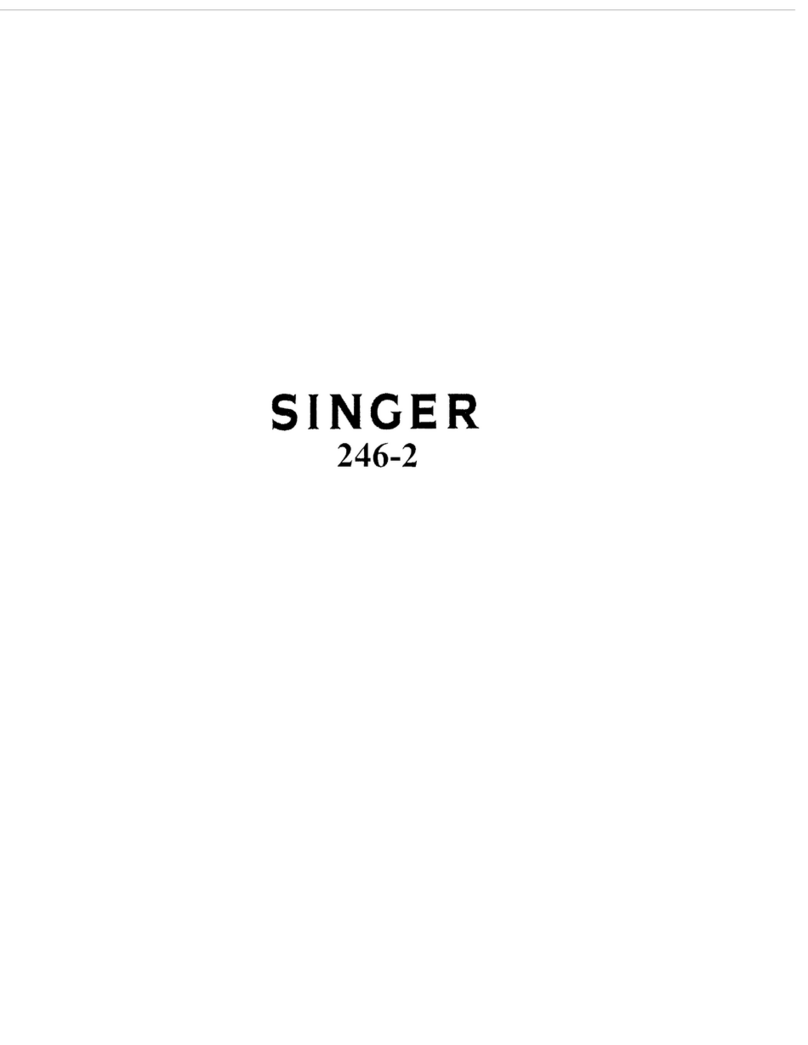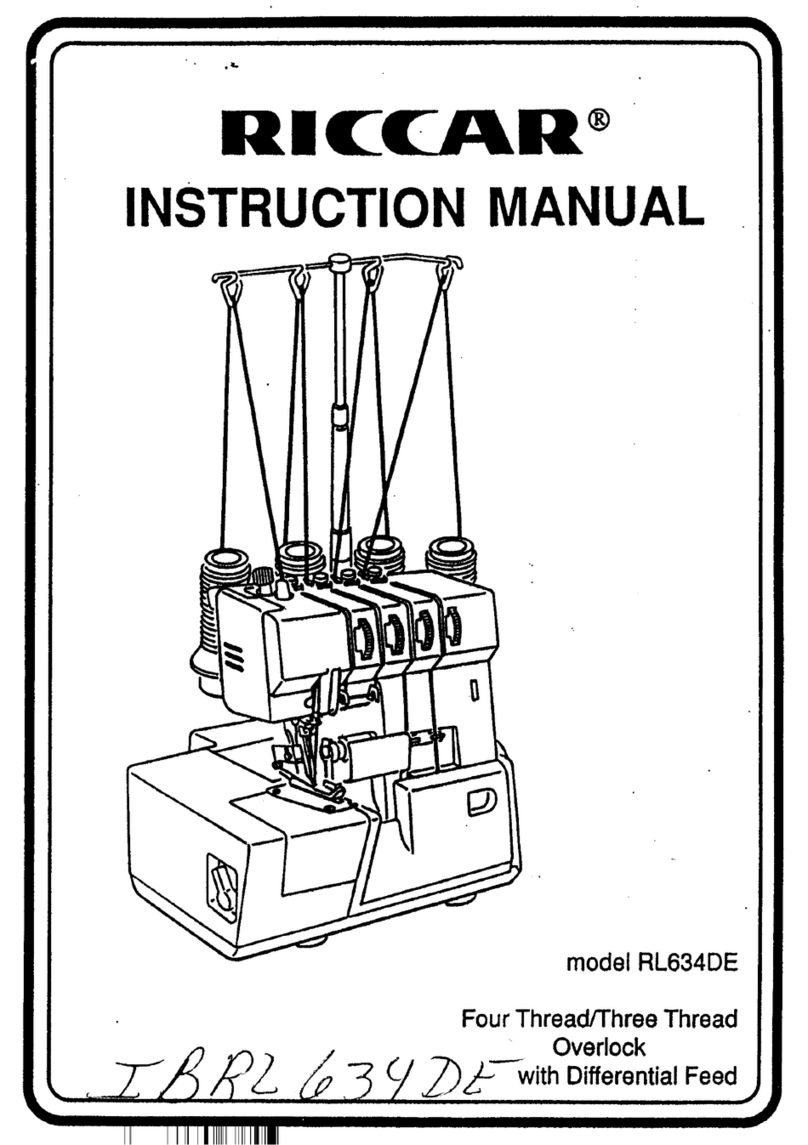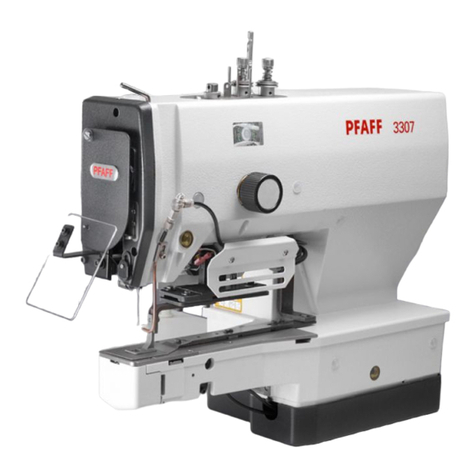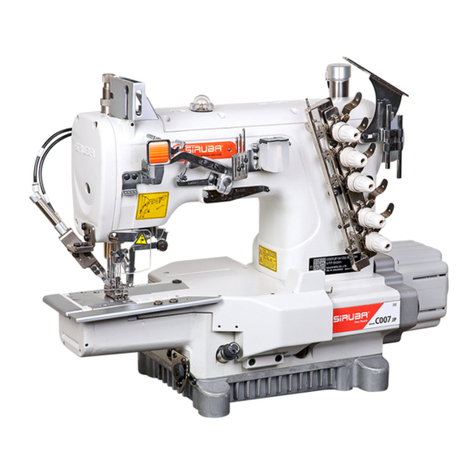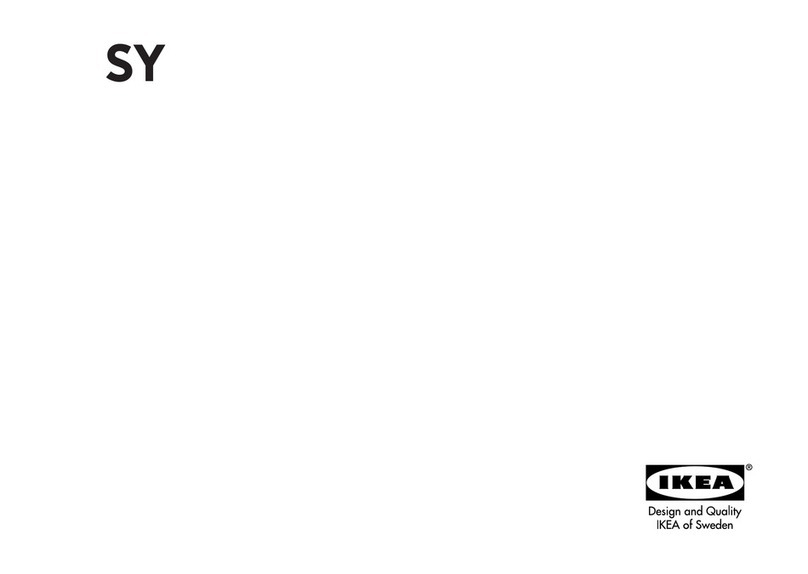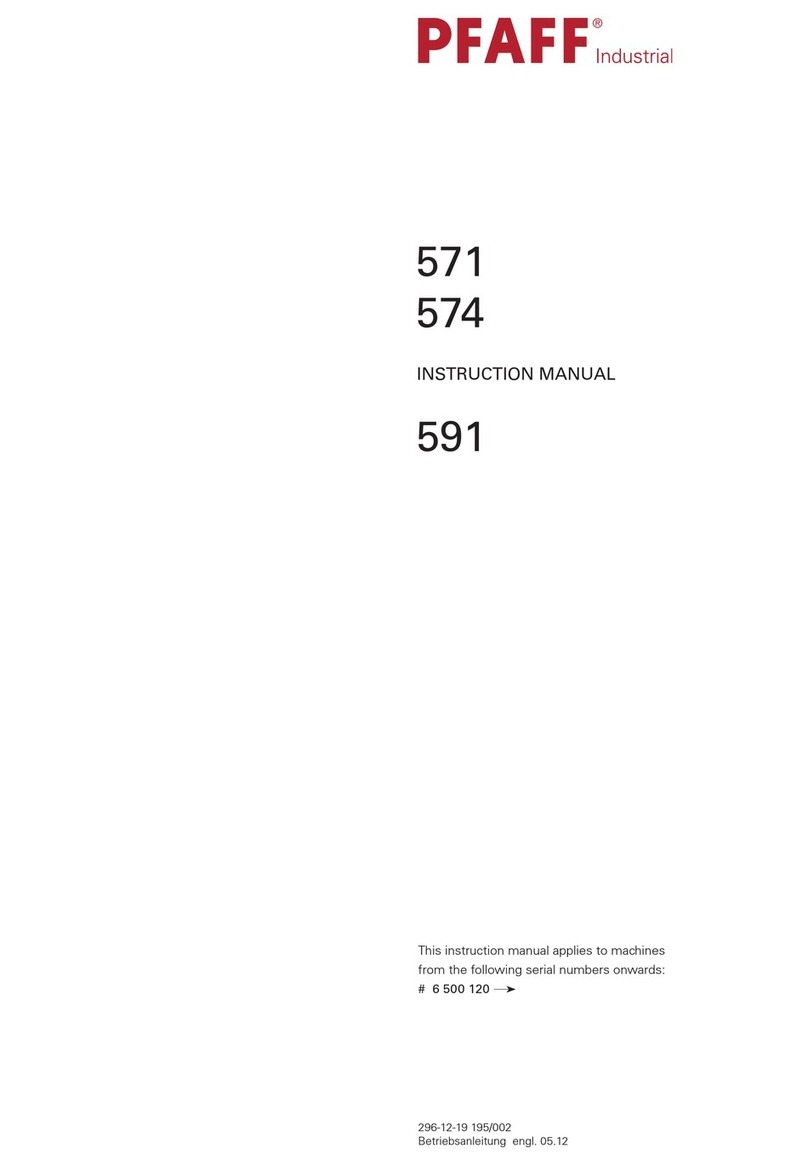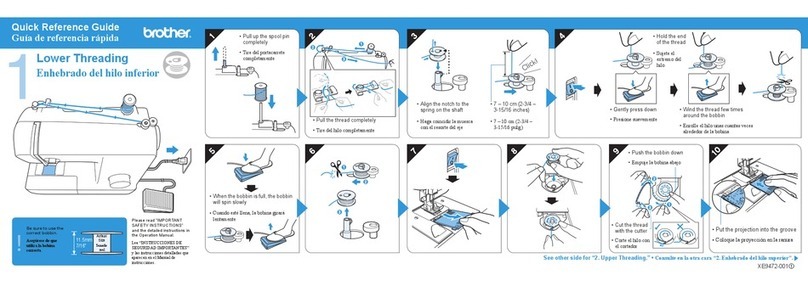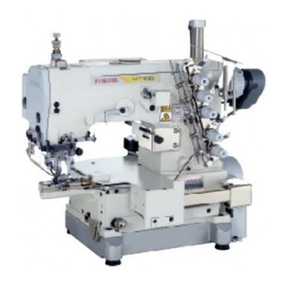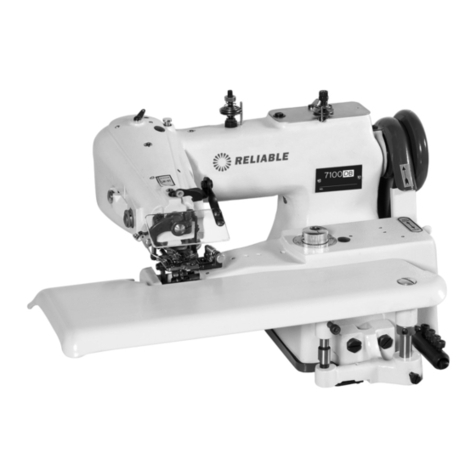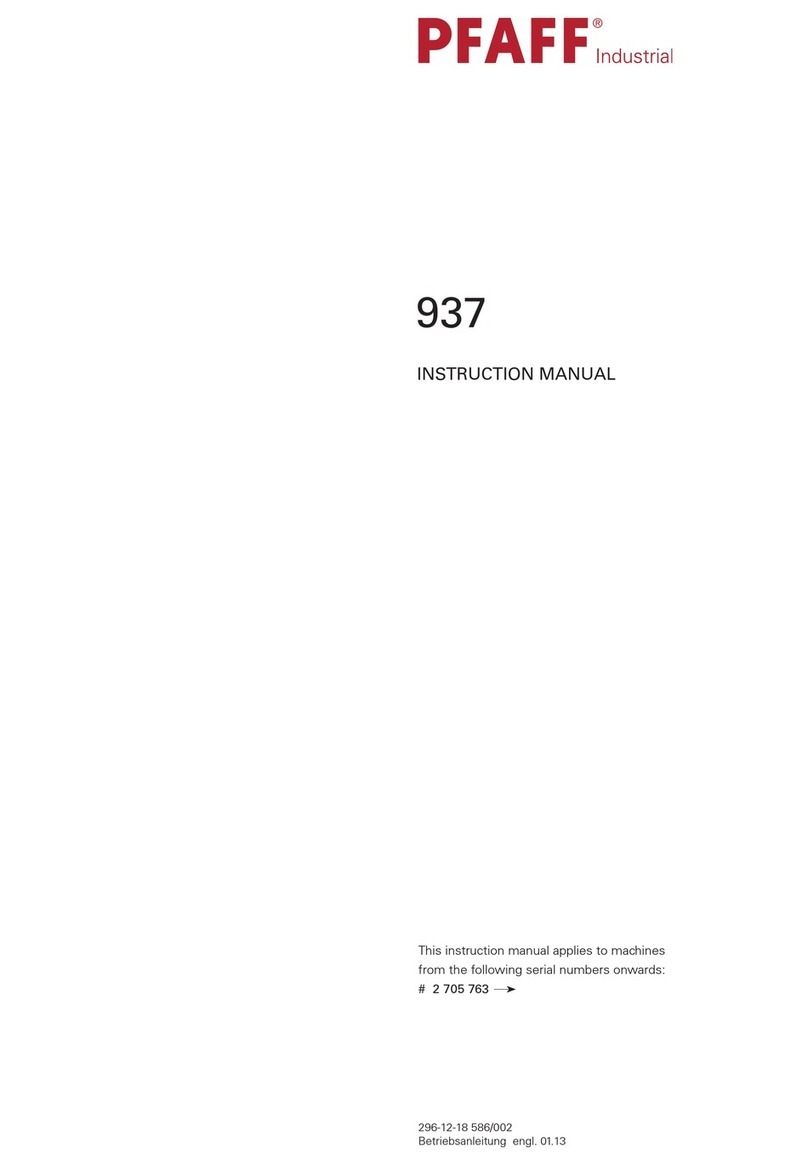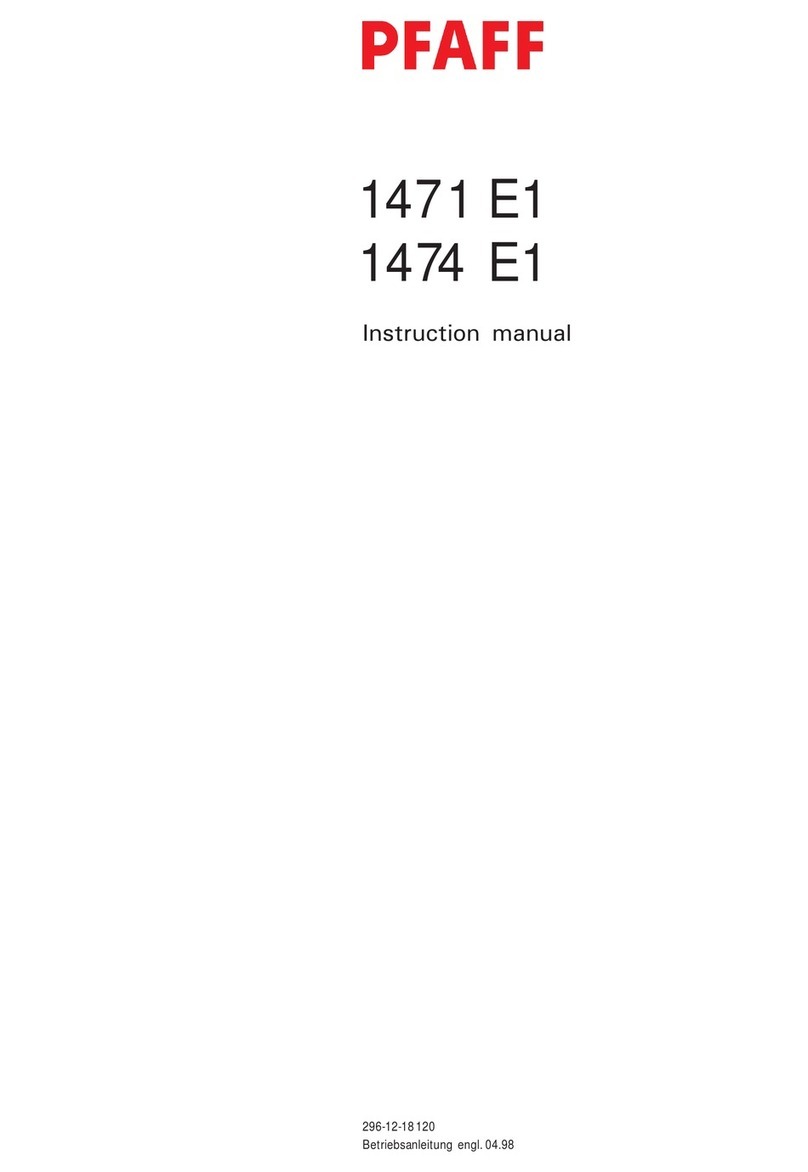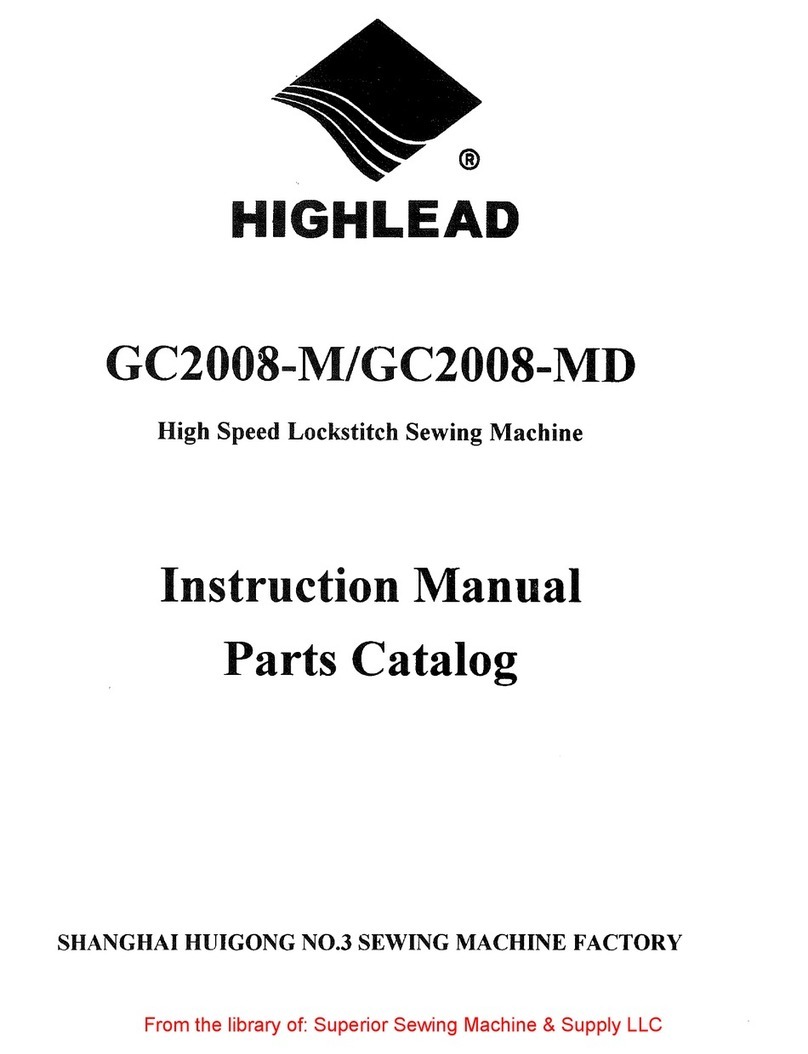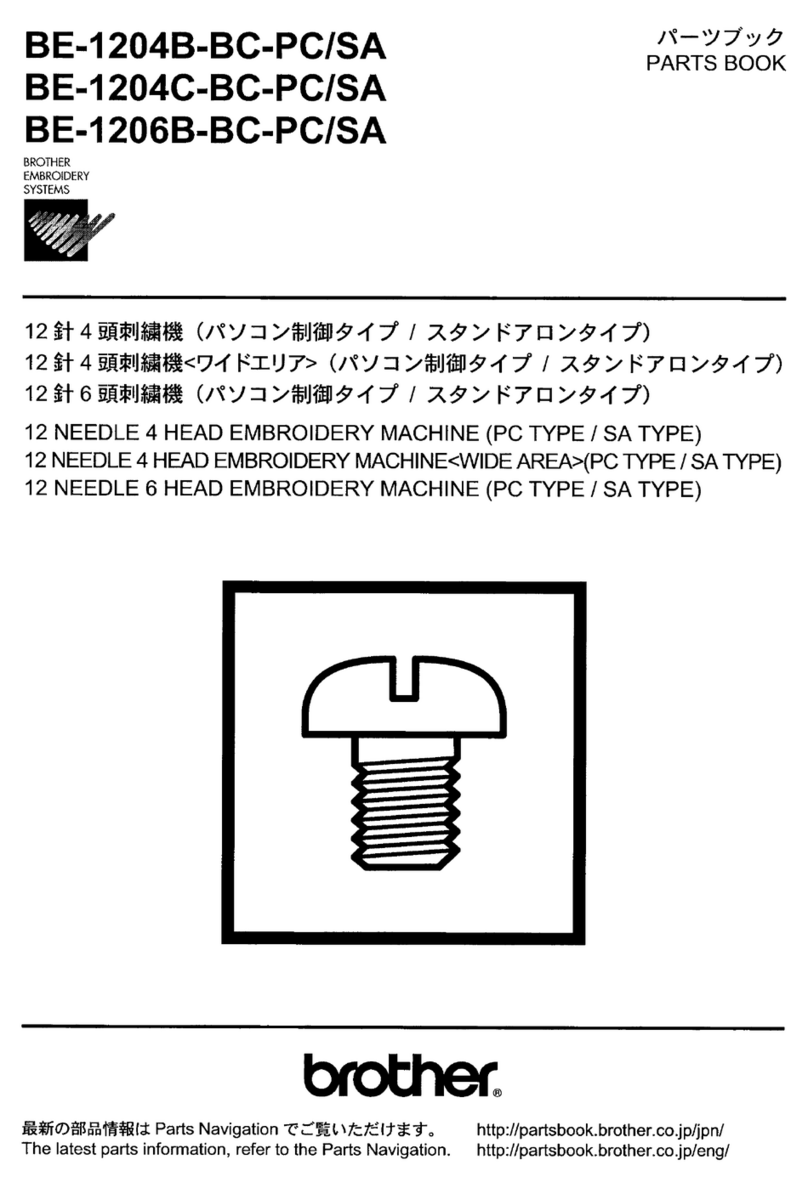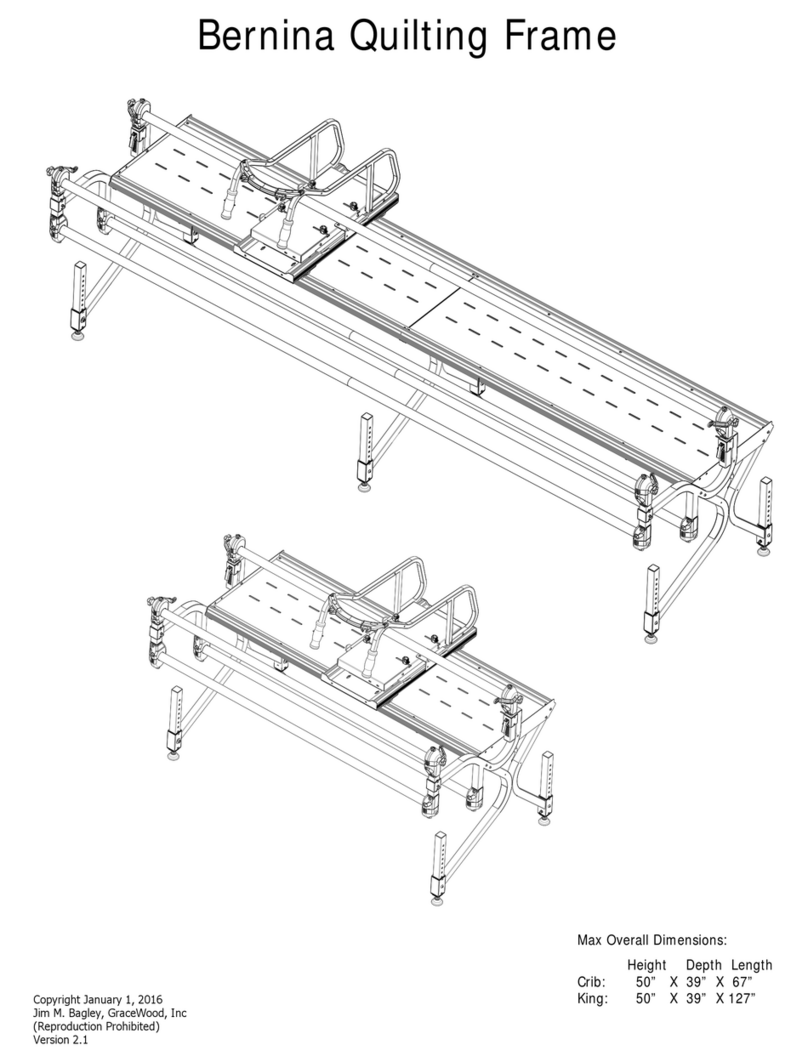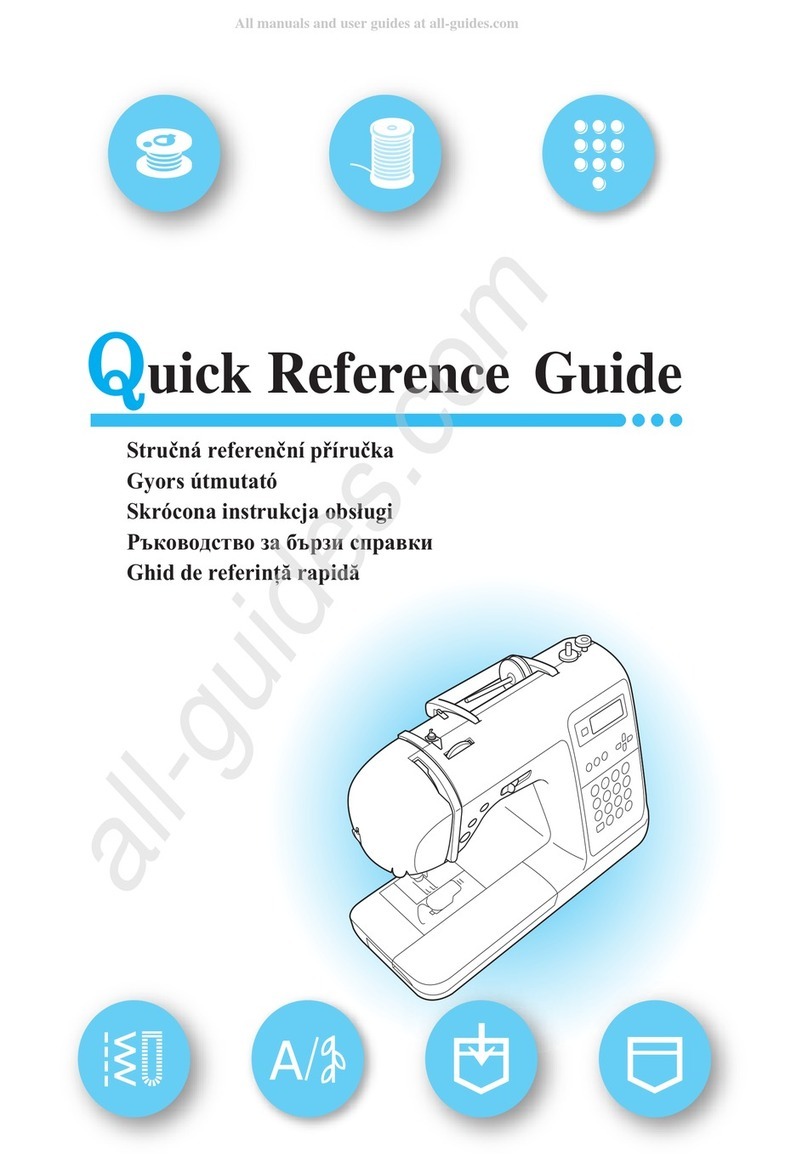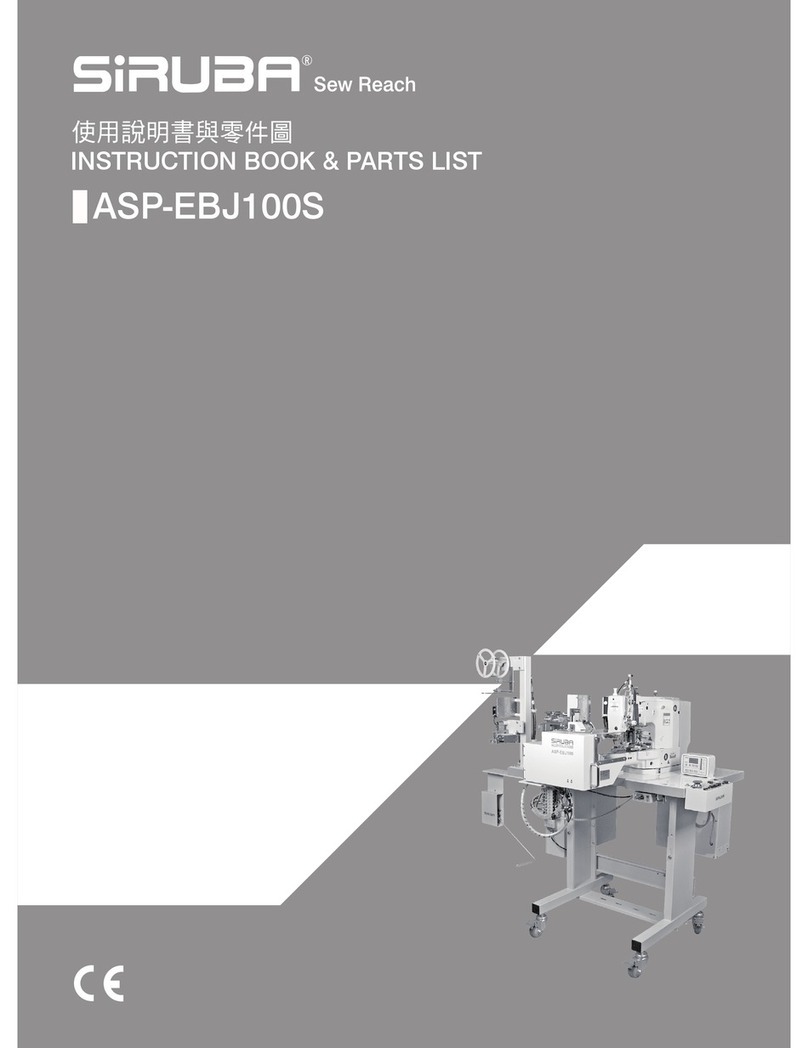
From the library of Superior Sewing Machine & Supply LLC - www.supsew.com
DESCRIPTION
Fig. 2.
X-ray
View
of Class
246K
Machine
(Lubricating System Shown in Solid Black)
Machines
246K42,
246K43
and
246K45
pro-
duce
high
speed
overedging
and
simultaneous
trimming
on
materials
ranging
from
lace
to
canvas.
Available
for
single needle
operations,
these
powerful
but
compact
machines
are
capable
of
producing
three
different
overedge
stitches.
Stitch
Types
503,
504
and
505.
Adaptable
for
gathering,
stretching
or
feeding
the
work
uniformly,
these
machines
of
C:lass
246K
have
proven
themselves
in
an
almost
endless
list
of
overedge
operations
including
serging,
inter-
mittent
gathering,
ruffling,
binding,
scalloping,
cuffing,
side-seaming,
yoking,
closing,
cording,
welting
and
inserting.
GENERAL CHARACTERISTICS
Curved needles:
Catalogue
#
1265
(151 x 7)
regular,
Catalogue#l263
(151 x 3)
tapered
blade.
Loopers (or
looper
and
spreader)
independently
driven,
permitting
variations
in
their
adjustment
in
relation
to
each
other
and
to
the
needle,
to
suit
the
work
required.
Either left or right twist of thread
may
be
used
in
needle
and
in
loopers.
Adjustable trimmer
cuts
cleanly;
operating
in
advance
of
needles.
Trimmings
guided
into
chip
chute
to
avoid
interference
with
work
and
with
mechanism.
Presser
foot
can
be
swung
toward
left
to
facili-
tate
threading
or
replacement
of
needle.
3
Tubular operation
is
accommodated
by
a
small
"horn"
extension
of
the
throat
plate
support.
Cloth plate
can
be
swung
to
the
left
for
con-
venience,
when
stitching
tubular
pieces
or
when
making
machine
adjustments.
Fittings for Machine
246K42
are
designed
to
retain
control
of
thread-chain
as
long
as
presser
foot
is
engaged
with
feed
dog,
enabling
operator
to
break
the
thread
chain
manually,
without
losing
control
of
chain
or
distorting
the
thread
loops.
Splash lubricating system,
shown
in Fig. 2,
automatically
and
continuously
oils
principal
bear-
ings
during
operation.
Oil cooling reservoir
in
rear
of
machine.
Oil level indicator
gauge
in
direct
view
of
operator.
Oils
recommended,
see
inside
front
cover.
Machine pulley
164231
for
3/8
inch
Y-belt;
also
used
for
5/16
inch
round
belt.
Machine pulley should
always
turn over
away
from operator
when
machine
is
in
motion.
ACCESSORIES
AND
TOOLS
Foot
lifter.
Knee
lifter
supplied
instead,
when
specified
on
order
..
Threading
wire
164196.
Tweezers
164204.
Socket wrench
164197
(for
needle
clamping
nut).
Flat, open-end wrench l
0875
(for
feed
eccentric
nut).
Screwdriver
85318.
Wrench
164831
(for
right
looper
carrier
guide
bar
oil
plug
screw
nut).
Thread unwinder
15103
l
(for
two-
or
three-
thread).
Thread unwinder
228705
(two-thread)
or
228706
(three-thread)
for
nylon
threads
will
be
supplied
instead
of
regular
unwinder,
upon
spe-
cific
order.
